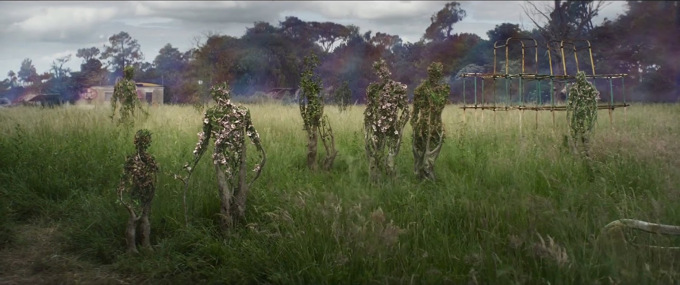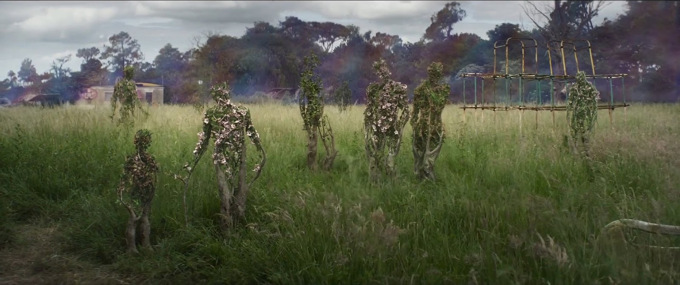Next Story
Google Assistant will support over 30 languages by year-end, become multilingual
Writer-director Alex Garland has said that his adaptation of Annihilation isn’t a straightforward retelling of the book — instead, he said, it’s “true to my subjective response to the novel.”
That’s a fair warning: The movie’s details don’t really match the book, which was written by Jeff VanderMeer. What carries over, however, is a sense of dread and unease; readers of the novel and watchers of the film will both feel a pervasive wrongness that they can’t quite put their finger on.
As the movie begins, a biologist played by Natalie Portman has returned from Area X, a mysterious patch of wilderness hidden behind a barrier called The Shimmer. The expedition’s other members have not returned, and the biologist seems uncertain about whether any of them might still be alive.
The rest of the film (which opens in US theaters today, before going live on Netflix internationally) fills in the details of what transpired beyond The Shimmer, and of why Portman’s character felt compelled to join the expedition in the first place.
In some ways, Garland’s plot is more straightforward than VanderMeer’s. The film’s scientists follow a more coherent plan, with more forward motion, than they do in the book, and the monsters that hunt them are more conventionally scary.
But very little about the film feels conventional. The main plot seems far less important than the long conversations about self-destruction and change, the flashbacks to Portman’s marriage to a soldier played by Oscar Isaac, and the strange, prismatic quality of the light.
I’ll admit that Garland has never been a particularly subtle writer. Characters in 28 Days Later, Sunshine and Dredd (all films he wrote) tend to argue about the movie’s big ideas quite openly, just as they do in his directorial debut, Ex Machina. That’s true in Annihilation as well, though there’s less argument here and more brooding.
What makes the movie feel exciting, even daring, is the visual form that Garland and his team have found for those ideas. The plants and animals of Area X have been transformed, different species and features mixing together, sometimes beautifully, sometimes disgustingly, often both — Annihilation has its fair share of monsters and corpses, and they’re some of the best-looking monsters and corpses I’ve ever seen.
Without giving too much away, I can say that by the film’s end, we do get some explanations for the weird stuff we’ve been seeing. The explanations are fine, but the way we discover them —walking past a grove of crystalline trees, through a tangle of pale white branches and diving into a dark hole, where things get really weird — is far more memorable.
Not everyone will enjoy Annihilation, and not just because it’s a strange movie. It also has some real flaws.
For example, even in the book, a couple of the expedition members felt rather sketched in, but I still wish they’d been more memorable here, and that the scheming psychologist who leads the team had made the transition with more of her story intact. Isaac, meanwhile, gives his character a convincingly haunted quality — but for some reason, he’s trying to pull off an erratic Southern accent that becomes a huge distraction. And ultimately, I’m not sure that the revelations in the film’s very last scene felt justified.
But I wasn’t thinking about any of that as I left my screening. Instead, for at least few minutes, the world around me felt genuinely unsettled. The light seemed a little off, and I worried about strange mutations lurking under the skin of my fellow subway passengers. Area X was closer than I’d realized.
Featured Image: Paramount




